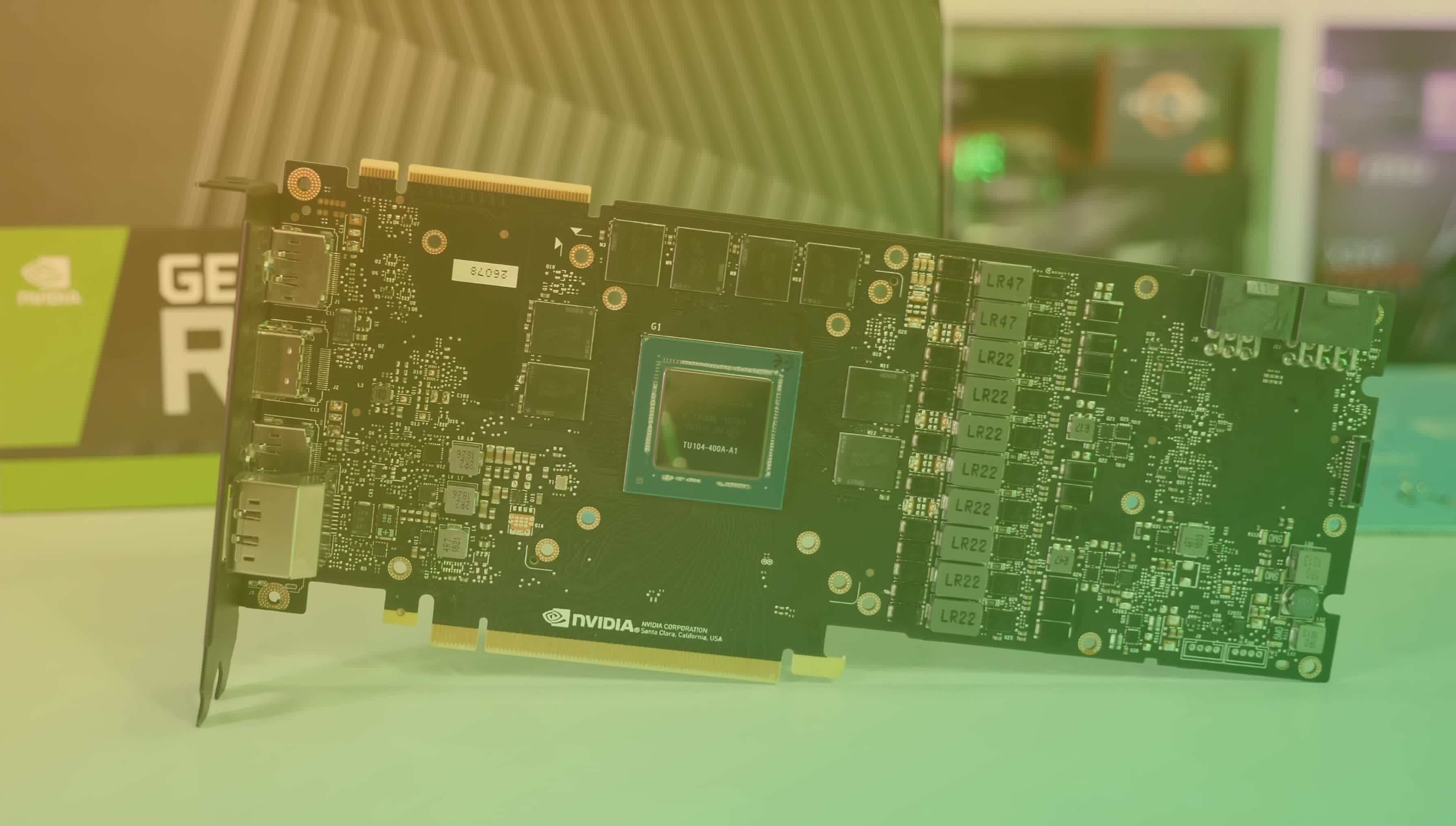Today we're exploring the used graphics card market, something we don't often cover, but with the launch of the GeForce RTX 3080 as well as upcoming launches from AMD, we suspect many will be looking to upgrade their GPU and sell their old one on the used market. So now is a good time to look into the situation and give you our thoughts.
This article will be primarily about providing information to prospective GPU sellers and used GPU buyers. How much can you expect to get for your current GPU? How much value has it lost since launch? Is your card selling at a good price right now, or is it more favorable to buyers? Are there any good deals on the used market?
We're looking at mid-range and high-end cards, so anything with a launch MSRP above $250 from the last two generations of Nvidia and AMD GPUs. On the green side, that's Turing and Pascal, while on the red team that's Navi and Vega. We'll skip over lower end cards as most of the incoming GPU refreshes will directly target the mid to upper segments and that's where we'd expect most of used sales to be occurring.
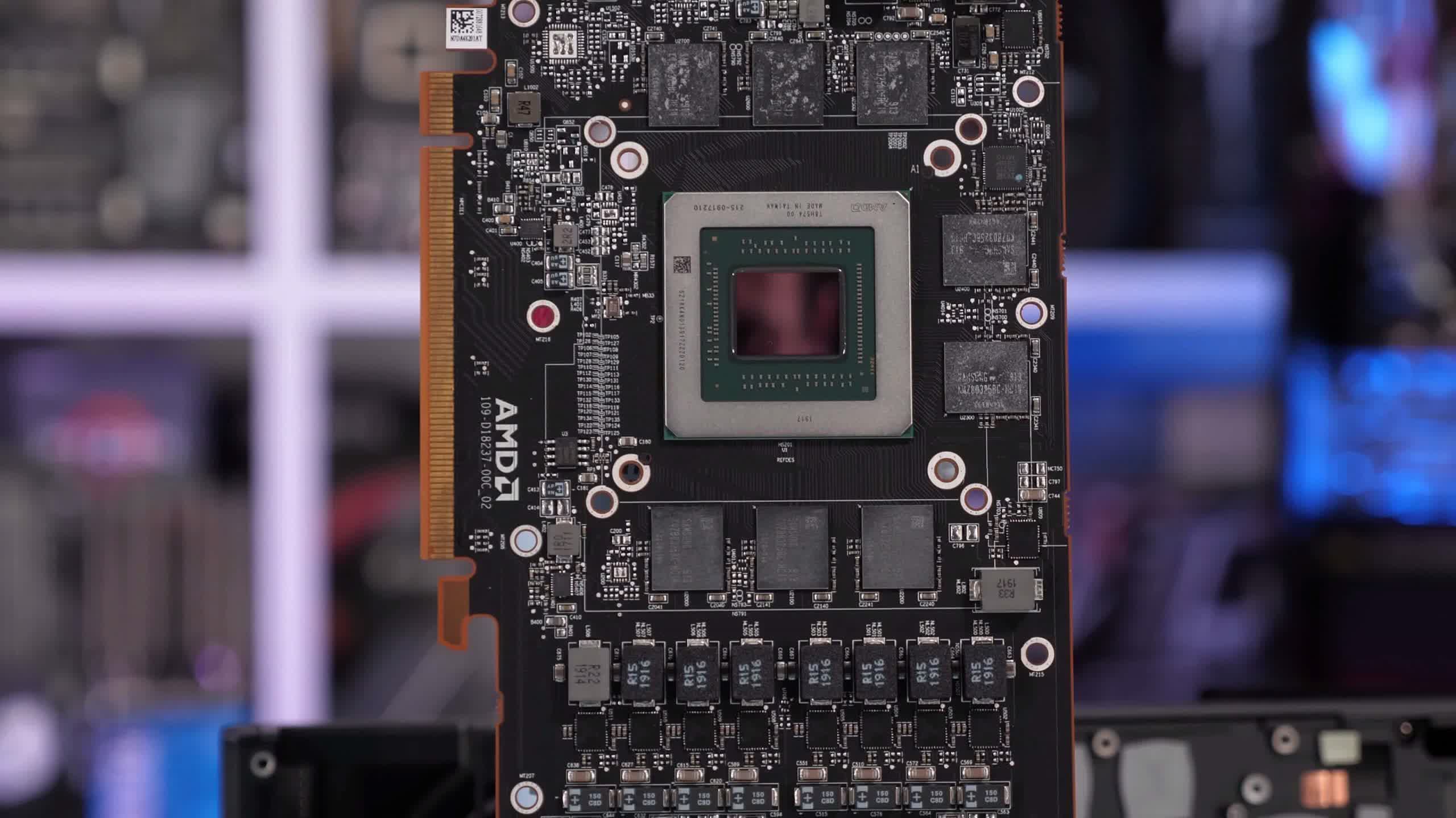
For pricing used graphics cards we used Ebay. Obviously this concentrates the data on the US market and through a single marketplace, but it's the best general reference because of its popularity. There are many other places where you can sell GPUs and you might be able to find better deals outside of Ebay, but for the purpose of our data gathering, that's what we used.
High-end GeForce RTX 20 Series: Used Pricing
| Years Since Launch | Launch MSRP | Price (May) |
Price (August) |
Used $ (3080 launch) | Used $ (3080 release) | Lowest Used Price | Price Drop per Year | |
| Titan RTX | 1.8 | $2,500 | $2,500 | $2,500 | $1,500 | $1,700 | $1,430 | -19.8% |
| RTX 2080 Ti | 1.9 | $1,200 | $1,250 | $1,400 | $700 | $800 | $580 | -19.1% |
| RTX 2080 Super | 1.2 | $700 | $750 | $780 | $460 | $600 | $430 | -12.4% |
| RTX 2080 | 2.0 | $700 | $750 | $430 | $500 | $350 | -15.5% |
Let's get into some number crunching now and we'll start with the high-end of the Turing line-up. A card like the RTX 2080 was launched in September 2018, so it's been two years since launch. The table details launch MSRP and average prices for new versions of these GPUs around May 2020 and August 2020, so a few months prior to and just before the RTX 3080 announcement.
Then we have the used sales data. This first column is the current price you can expect for the GPU based on completed eBay listings since RTX 3080 reviews came out. Then we also have a typical sales price for the GPU in the weeks between the RTX 30 series announcement at the start of September, and the reviews/launch. There's also a minimum sales price for the cheapest models people sold during September 2020.
A big question mark about used GPUs right now is what's happening to the GeForce RTX 2080 Ti. Well, it's a pretty interesting situation. As soon as the announcement of the RTX 30 series, people jumped on Ebay to sell off their 2080 Tis before the RTX 3070 and 3080 could destroy its value. Generally, the cards were being sold for around $700, which is a sizable 42% drop in price. But with Nvidia promising 2080 Ti-like performance at $500 with the RTX 3070, selling for $200 above that price isn't the worst outcome.
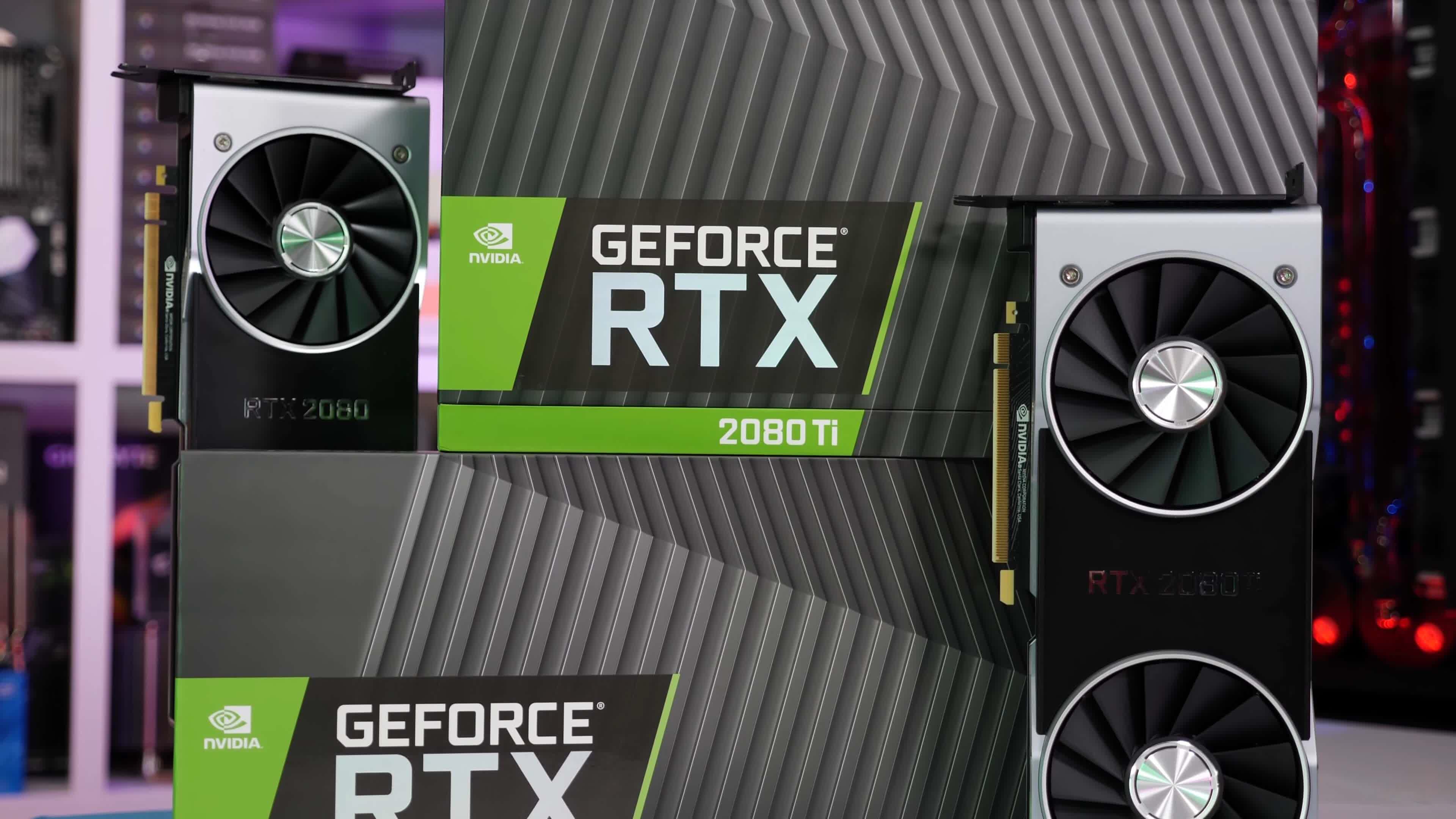
In the week after reviews however - and presumably impacted by the scarcity of RTX 3080 cards - used prices for the 2080 Ti increased by ~$100 on average. This is still above average depreciation for a two year old GPU, which we think highlights the poor value of the 2080 Ti.
With 2080 Tis currently going for ~$800, we don't see much reason buying one because you'll be able to buy an RTX 3080 in the coming months for that price, and get even more performance. However, if you're selling a 2080 Ti, now is a great time to cash in on that purchase, even if you have to drop down to a lower end GPU for a little bit. As soon as those $500 RTX 3070s hit the market, we don't expect the 2080 Ti will be retaining that kind of value.

It's a similar story for both the RTX 2080 and RTX 2080 Super on the used market, as soon as the RTX 30 series hit, people rushed to sell their old card and got a bit burned in the process. The big losers were owners of the RTX 2080 Super, a card that you can probably sell for $600 now but was only fetching below $500 in the week between RTX 30 announcements and reviews. With what we know about upcoming GPUs, it's a real seller's market for higher end RTX products right now, if the demand remains for these cards at $500 and above, you're getting a pretty good deal for your older product.
Unlike the 2080 Ti, the RTX 2080 and 2080 Super have seen depreciation that's right around the average for a used GPU. Based on current pricing, on average a used card will drop in sales price relative to its MSRP by 15% per year. The 2080 Ti was around 19% per year, whereas the 2080 is sitting at 16% per year.
Complete GeForce RTX 20 Series: Used Pricing
| Years Since Launch | Launch MSRP | Price (May) |
Price (August) |
Used $ (3080 launch) | Used $ (3080 release) | Lowest Used Price | Price Drop per Year | |
| Titan RTX | 1.8 | $2,500 | $2,500 | $2,500 | $1,500 | $1,700 | $1,430 | -19.8% |
| RTX 2080 Ti | 1.9 | $1,200 | $1,250 | $1,400 | $700 | $800 | $580 | -19.1% |
| RTX 2080 Super | 1.2 | $700 | $750 | $780 | $460 | $600 | $430 | -12.4% |
| RTX 2080 | 2.0 | $700 | $750 | $430 | $500 | $350 | -15.5% | |
| RTX 2070 Super | 1.2 | $500 | $550 | $580 | $400 | $410 | $310 | -15.6% |
| RTX 2070 | 1.9 | $500 | $470 | $330 | $360 | $275 | -15.8% | |
| RTX 2060 Super | 1.2 | $400 | $430 | $450 | $340 | $350 | $300 | -10.8% |
| RTX 2060 | 1.7 | $350 | $360 | $280 | $290 | $220 | -10.7% |
The mainstream side of the RTX 20 series hasn't been affected as much. There was a small drop in sale price for some cards, in particular the RTX 2070, but in general what you can get now is similar to what you could buy a week or two ago.
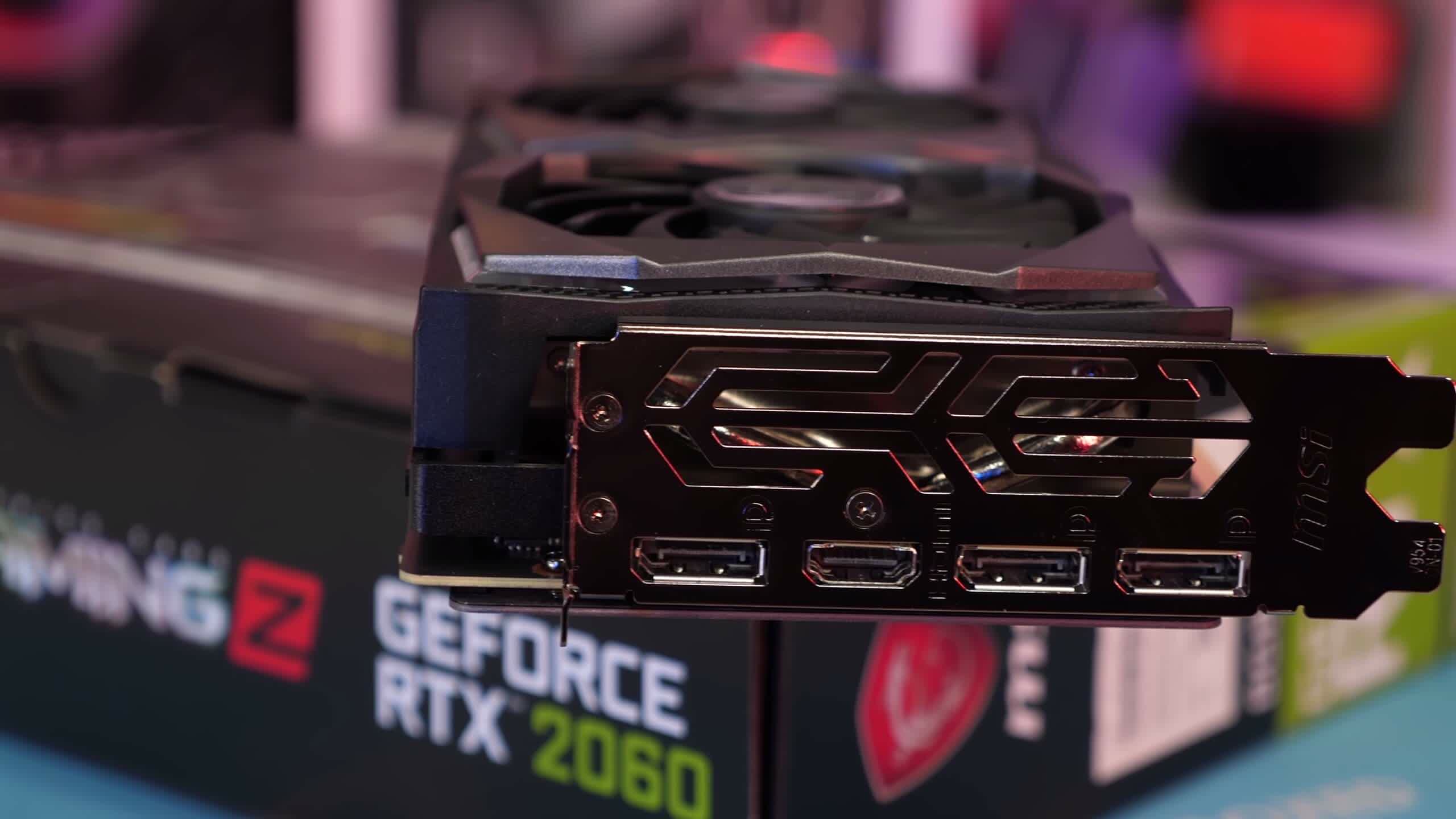
None of these cards scream out as great value buys at the moment, so from that perspective it's a seller's market for RTX 20 GPUs there, too. Being able to sell, for example, an RTX 2060 Super for $350 is a good result if you bought that card at launch – that's a better than average yearly price drop of 11%. The RTX 2060 hasn't lost much value either for a GPU that's nearly two years old, and there are lots of those cards being sold at decent prices.
Radeon 7nm GPUs: Used Pricing
| Years Since Launch | Launch MSRP | Price (May) |
Price (August) |
Used $ (3080 launch) | Used $ (3080 release) | Lowest Used Price | Price Drop per Year | |
| Radeon VII | 1.6 | $700 | NFS | $770 | $770 | $650 | 6.2% | |
| RX 5700 XT | 1.2 | $400 | $410 | $430 | $340 | $360 | $250 | -8.6% |
| RX 5700 | 1.2 | $350 | $350 | $370 | $340 | $340 | $250 | -2.5% |
| RX 5600 XT | 0.7 | $280 | $300 | $290 | $240 | $240 | $200 | -20.6% |
It's also a good time to be an owner of a 2019-era Radeon GPU that's looking to sell now to upgrade to something new. The Radeon 5700 XT and especially the RX 5700 have held their value remarkably well. In May you could find new 5700 XTs for just $10-20 more than the $400. But on the used market, those cards are being sold now for $360 and the RX 5700 for $340, which is like selling a used GPU for the same price as new.
That may be partly explained because new Radeon GPU have yet to be unveiled, but another good reason is the cards' relative value in metrics like cost per frame when compared to the RTX 2060 and RTX 2070. The 5700 XT is ~7% slower than the RTX 2070 Super, for example, but at retail for new cards, cost 20% less. However on the used market, the typical sales price for a 5700 XT is just 12% lower than the 2070 Super.

We also know the RTX 2060 Super is slightly faster than the RX 5700 on average. Those cards were $50 more expensive new, but on the used market both are roughly the same price. With the full force of the used market at work, it does seem that at least for these year-old cards, used prices are falling around the mark of where they should be based on performance, instead of just a linear drop based on launch price.
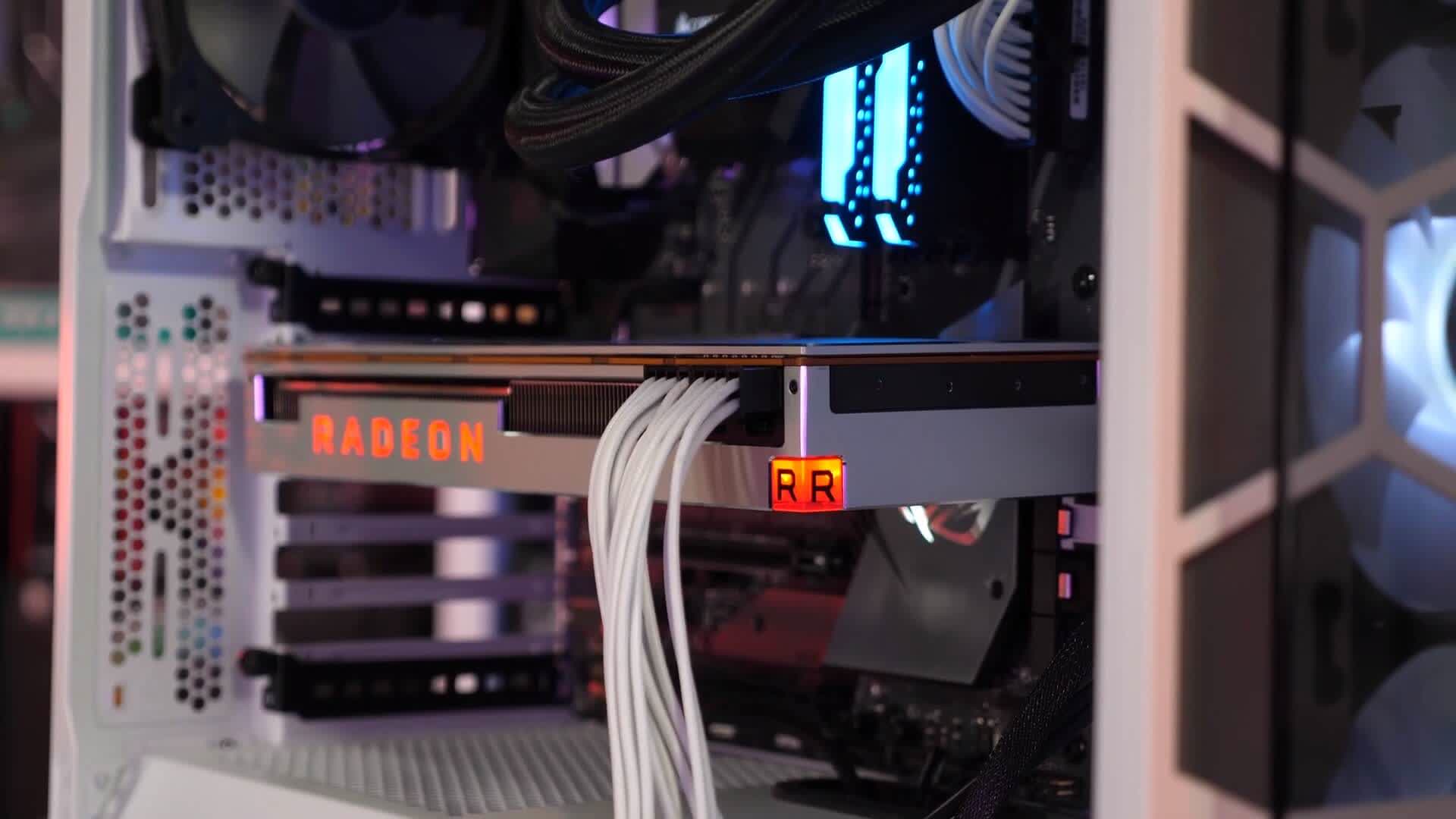
There is an odd one out here and that's the Radeon VII. This card has actually appreciated since launch. If you bought a Radeon VII for $700 new, you should know right now those cards sell for $770 or thereabouts on the used market. The reason is the 16GB of HBM2 these cards pack. While the Radeon VII isn't great for gaming, that VRAM configuration is hugely beneficial for productivity workloads, and workstation cards with big VRAM buffers are very expensive. With that said, we don't recommend buying a used Radeon VII for gaming. The RTX 2080 offers better performance and goes for $500 used, making it a far better deal.
On the flip side, Radeon 5600 XT owners have been stung. This card has not held its value well despite launching earlier this year, with used buyers preferring the RTX 2060.
GeForce GTX 10 Series: Used Pricing
| Years Since Launch | Launch MSRP | Used $ (3080 launch) | Used $ (3080 release) | Lowest Used Price | Price Drop per Year | |
| Titan Xp | 3.4 | $1,200 | $500 | $500 | $400 | -22.6% |
| Titan X | 4.1 | $1,200 | $400 | $400 | $350 | -23.6% |
| GTX 1080 Ti | 3.5 | $700 | $350 | $400 | $280 | -14.8% |
| GTX 1080 | 4.3 | $600 | $250 | $280 | $200 | -16.4% |
| GTX 1070 Ti | 2.9 | $450 | $210 | $230 | $190 | -20.6% |
| GTX 1070 | 4.3 | $380 | $180 | $190 | $150 | -15.0% |
| GTX 1060 6GB | 4.1 | $250 | $120 | $120 | $70 | -16.5% |
Time to look now at Pascal, which comprises all cards from the GTX 1060 6GB right up to the Titan Xp. Like with owners of the 2080 Ti and Titan RTX, those who owned Pascal-era Titan cards have not seen those cards hold their value particularly well. That's especially true for the Titan X, not the Xp, which sells for a similar price to the GTX 1080 Ti, despite a $500 gulf in launch price. This isn't a Radeon VII situation where those cards are sought after for productivity, the Titan Pascal line is now being sold used like a regular gaming GPU.
The GTX 1080 Ti has seen average depreciation since its launch 3.5 years ago, dropping 15% every year in price, so sellers can still get slightly more than half the original MSRP today. Like with the RTX 2080, the GTX 1080 Ti dropped in value more significantly during the period between the RTX 3080 announcement and release, but today sits around the $400 mark.
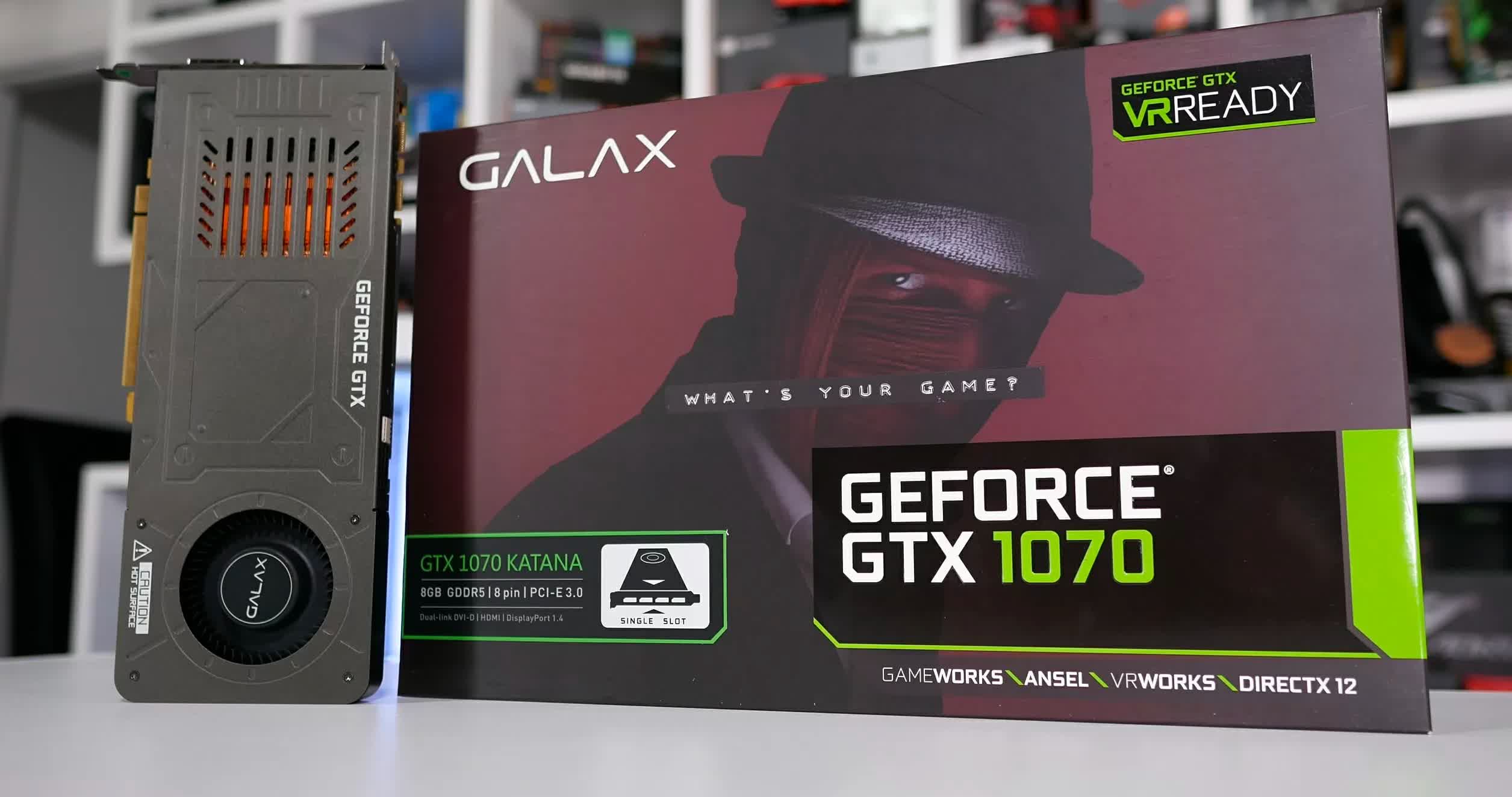
We're in two minds about the used price of the GTX 1080 Ti. We think being able to sell this card for $400 is pretty good for sellers who want to get ahead of any price movement in the $400 segment. If a new GPU is offering RTX 2080-like performance at $400, then used cards from 3 years ago offering the same thing won't be able to be sold at that price. However if you're a buyer after a decent performing GPU right now, the 1080 Ti isn't too bad especially compared to new GPUs at that price. If you can snare one for a bit below the median, we're thinking $350 or less, that's not too bad.
We do think there are solid deals to be had for people with ~$200 to spend though. The GTX 1070 is a very solid buy below $200, given it's not that much slower than an RTX 2060 if you're willing to sacrifice features like ray tracing and DLSS. Based on our data, the RTX 2060 is just 13% faster than the 1070, but is going for nearly $300 on the used market, making it 52% more expensive. We'd also be considering the GTX 1070 Ti which offers similar value.
Radeon Vega / Polaris GPUs: Used Pricing
| Years Since Launch | Launch MSRP | Price (May) |
Price (August) |
Used $ (3080 launch) | Used $ (3080 release) | Lowest Used Price | Price Drop per Year | |
| RX Vega 64 Liquid | 3.1 | $700 | NFS | $340 | $340 | $330 | -20.9% | |
| RX Vega 64 | 3.0 | $500 | NFS | $270 | $270 | $240 | -18.6% | |
| RX Vega 56 | 3.0 | $400 | NFS | $220 | $220 | $210 | -18.1% | |
| RX 590 | 1.9 | $280 | $210 | $210 | $170 | $170 | $130 | -22.9% |
AMD's Vega line, as well as the Radeon RX 590, aren't as in good position as Pascal on the used market. Vega 56 and 64 have depreciated more than average at ~18% per year, but also don't end up great value for buyers. At $220 for a typical used Vega 56, you're better off buying that GTX 1070 below $200.
Anyone who bought a Radeon RX 590 at launch for $280 would probably want to forget that whole fiasco. While new cards are around the $210 mark, still RX 590s have not held up well over the years on the used market and early adopters got burned pretty hard.
What We Learned
Having looked at the used market for mid-range and high-end GPUs released in the past few years, we're in an interesting position for those who are willing to make moves right now, but this will depend on your situation and setup, and what you're willing to do in the short term.
If you have a high-end GPU like an RTX 2080 or above, including the GTX 1080 Ti, now may be a great time to be selling your card – at least while Ampere stock does not meet demand, you'll be getting a better deal than if you sold those cards before the RTX 3080 was released. As you'd expect from a used GPU sale, you won't recoup your original purchase price, but these cards simply will not have the same value after the RTX 3070 is released and the market begins a big shift in the value of new GPUs.
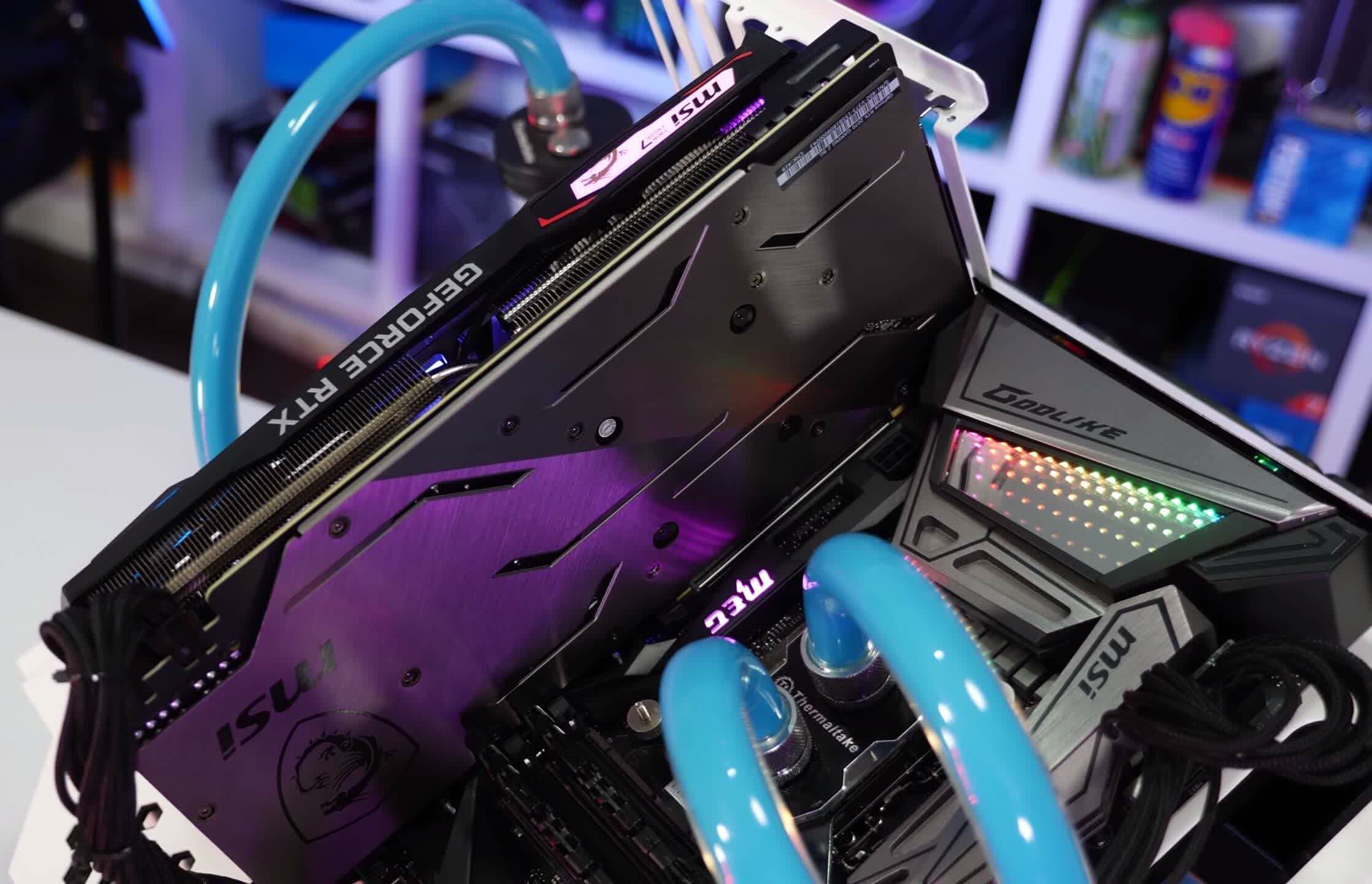
Selling an RTX 2080 Ti for $800 now is preferable to potentially getting $500 or $600 in one month, which we estimate will happen after the RTX 3070 becomes a real thing. However, this only works if you have a viable alternative, such as if you're willing to downgrade to a much slower GPU in the short term. You can't go and buy an RTX 3080 right now for a seamless upgrade, and stock will also likely be terrible for the RTX 3070 launch. So selling now is only a power move for some people, and for others, keeping the card and being able to play games on it without a downgrade will present more value.
In the mid-range market, it might make more sense to hold on to your GPU because the wait for new $300-400 cards is probably going to be longer. It's also not a great market for buyers, given cards like the RX 5700 and RTX 2060 have not dropped in price that much relative to brand new models.
Any Great Buys?
Across all the GPUS we've looked at in this article, there's not many we'd recommend buying... it's a strong seller's market right now. Maybe something like a GTX 1070 is a decent get for less than $200, and we didn't look at the lower-end market or older cards, but with the many new GPUs set to arrive in the coming months, right now it's all about selling your card for maximum value before that shift occurs.
This analysis has also brought to light some interesting market dynamics. If you buy a card that's poor value and has a poor cost per frame, you can get stung twice. The first sting comes from buying the lesser value product in the first place, and the second sting comes when trying to sell it. The used market's pricing is much more aligned to the card's actual value in terms of performance and cost per frame, than it is to launch price. RTX 2080 Ti sellers are finding that out now.
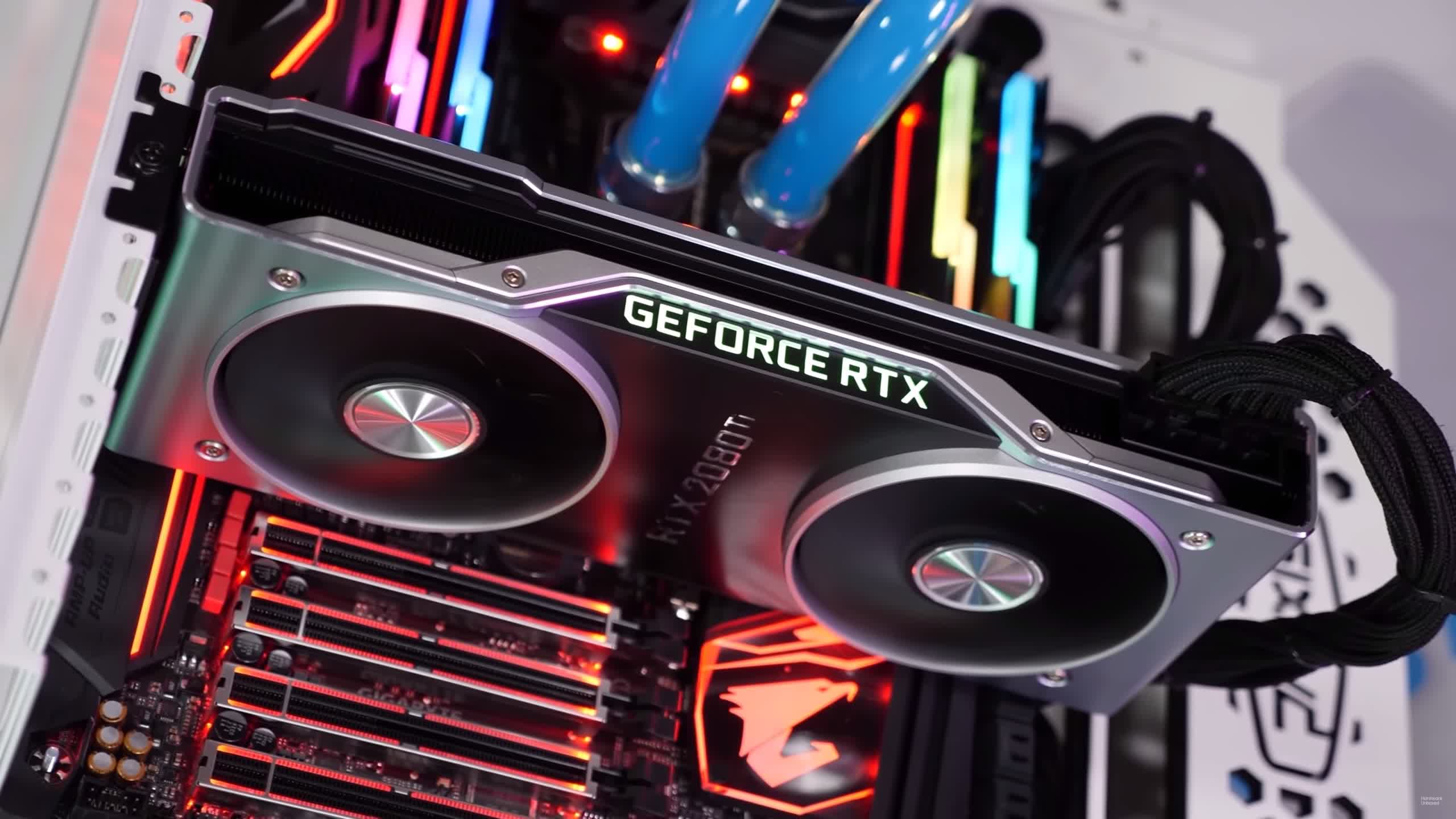
It's also not the best move to rush out and sell your GPU after a new card is announced. Those who rushed to sell their RTX 2080s and 2080 Tis before the new cards hit, to avoid a perceived massive price drop, actually ended up worse off than those selling cards after the 3080 was released. That's because like with every GPU launch over the last few years, stock was non-existent at launch. Carefully watching how launches play out can give good insights on when to sell and when not to sell. Right after an announcement, when everyone is on a big hype train is not a good time to sell.
Finally, as a rule of thumb, you can expect a GPU to lose 15% of its value relative to the MSRP on the used market each year. Worse value products will lose more, and there's the occasional outlier like the Radeon VII. That might be a useful guide when figuring out what your card is worth, beyond the examples we've shown today.
